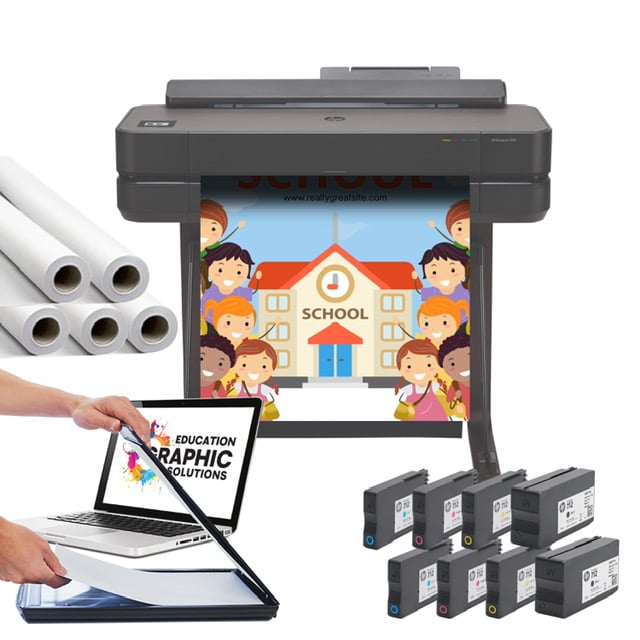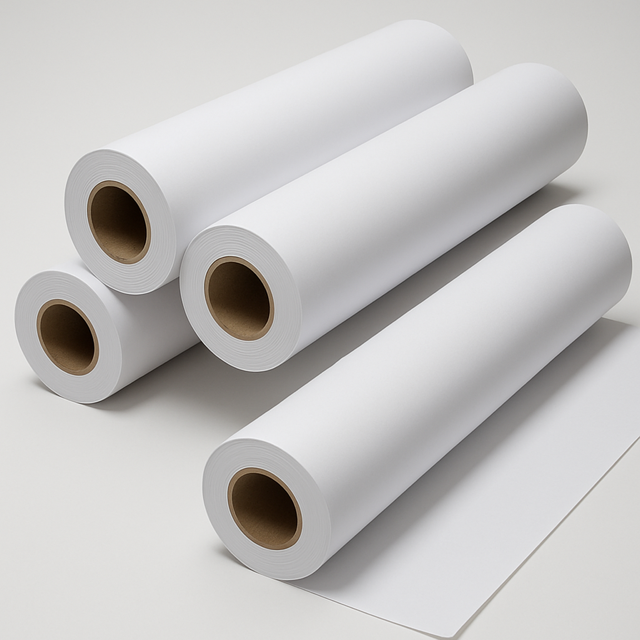
DISCOUNTED EDUCATION PRICING! CALL 1-877-891-8411. We Gladly Accept School Purchase Orders!

Poster paper is a versatile and essential material for creating eye-catching posters, whether for advertising, education, art, or personal projects. If you’re searching for the best poster paper for your next project, you’ve come to the right place. This comprehensive guide will explore everything about poster paper—its types, uses, sizes, and tips for choosing the perfect one. By the end, you’ll be equipped to make informed decisions and create stunning posters that stand out.
Poster paper is a specialized type of paper designed for printing posters. It’s typically thicker and more durable than standard printer paper, making it ideal for large-format prints that need to withstand handling or display. Poster paper comes in various finishes, weights, and sizes to suit different printing methods and purposes, from vibrant marketing posters to professional art prints.
Keyword Focus: Poster paper is the go-to choice for high-quality posters, offering durability and excellent print quality for both personal and professional use.
Understanding the types of poster paper available is crucial for selecting the right one for your project. Here are the most common types:
Glossy poster paper has a shiny finish that enhances color vibrancy and sharpness, making it perfect for promotional posters, event announcements, or photography prints. Its reflective surface makes images pop but can cause glare in brightly lit areas.
Matte poster paper offers a non-reflective finish, ideal for posters displayed in well-lit areas or those requiring a sophisticated, understated look. It’s popular for art prints and educational posters.
Satin poster paper strikes a balance between glossy and matte, offering a semi-glossy finish with reduced glare. It’s versatile and widely used for both indoor and outdoor posters.
Vinyl poster paper is a durable, weather-resistant option suitable for outdoor use. It’s tear-proof and can withstand moisture, making it ideal for banners or long-term outdoor displays.
Photo poster paper is designed specifically for high-resolution photo prints, offering exceptional detail and color accuracy. It’s often used by photographers and artists.
Keyword Tip: When choosing poster paper, consider your project’s purpose, display environment, and budget to select the best type.
Poster paper is incredibly versatile, used across industries and personal projects. Here are some popular applications:
Pro Tip: For maximum impact, pair your poster paper with high-quality printing services to ensure crisp, vibrant results.
Poster paper comes in standard sizes to fit various needs. Here are the most common sizes (in inches):
Custom sizes are also available from many printing services, allowing flexibility for unique projects.
Selecting the right poster paper involves considering several factors:
SEO Tip: When searching for “poster paper,” look for suppliers offering detailed product descriptions and customer reviews to ensure quality.
To achieve professional results, follow these printing tips:
Fun Fact: Did you know that poster paper quality can significantly impact how long your poster lasts? High-quality paper resists fading and tearing, ensuring your design stays vibrant.
You can purchase poster paper from various sources:
Keyword Focus: Searching for “poster paper near me” can help you find local suppliers for faster delivery.
Poster paper isn’t just for professionals—here are some creative DIY ideas:
Crafting Tip: Add textures or lamination to your poster paper projects for a premium, durable finish, as suggested by artists on social platforms.
Sustainability is a growing concern in printing. Look for eco-friendly poster paper options:
Poster paper is a powerful tool for creating impactful visuals, whether for business, education, or personal projects. By understanding the types, sizes, and uses of poster paper, you can choose the perfect option for your needs. Whether you’re printing vibrant marketing posters on glossy paper or durable outdoor signs on vinyl, the right poster paper makes all the difference.
Ready to start your poster project? Explore trusted suppliers, experiment with finishes, and let your creativity shine with high-quality poster paper. For more tips and inspiration, check out our blog for the latest in printing and design trends. Remember the importance of visuals in schools.
Call to Action: Share your favorite poster paper projects in the comments or contact us for personalized recommendations!